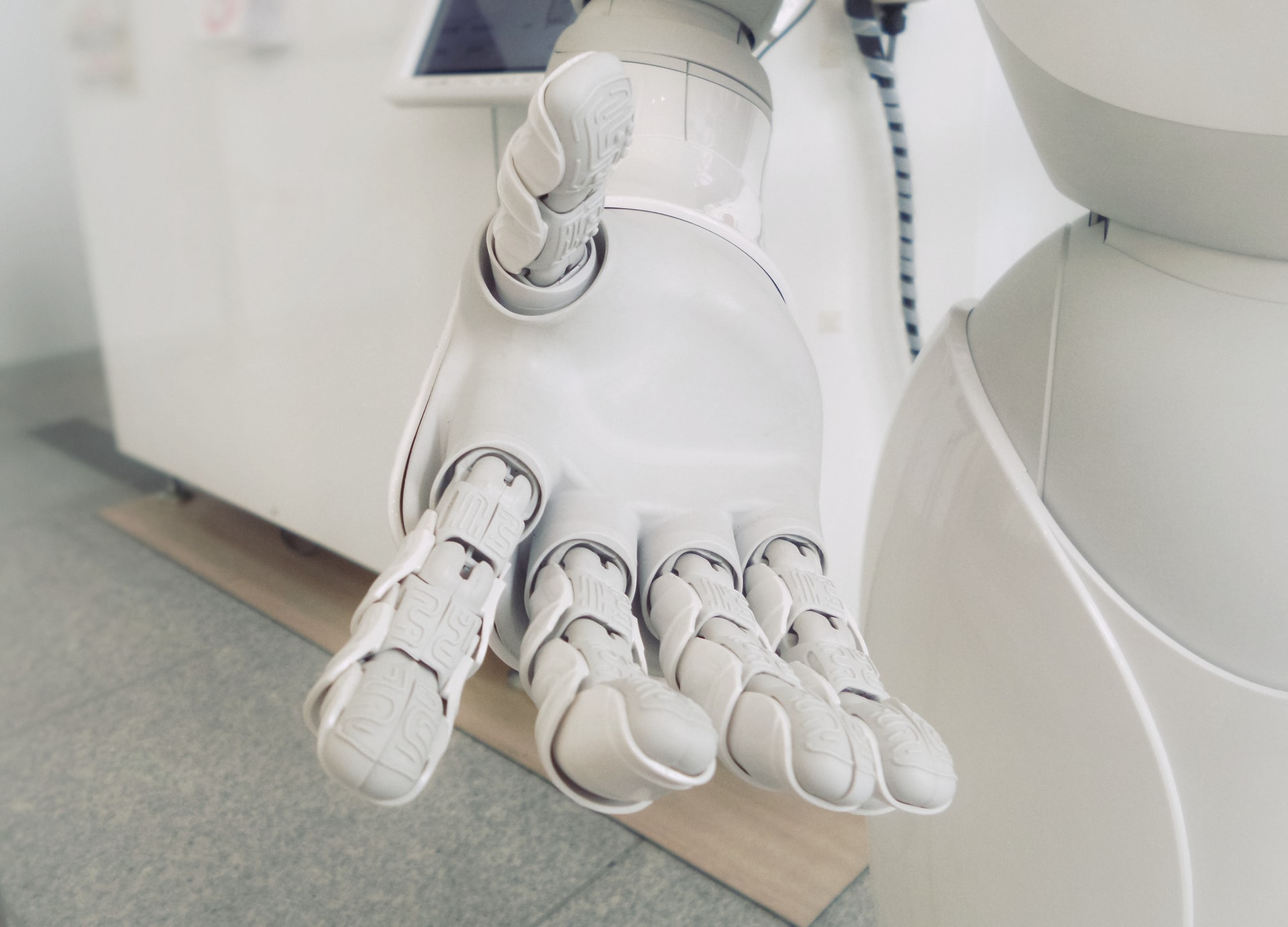- Posted on
- 0
Typically, the term “autonomous driving” refers to self-driving cars or other transportation systems that operate without the assistance of a human driver. The J3016 standard, which outlines the various development phases up to fully autonomous vehicles, was issued in 2014 by SAE International (Society of Automotive Engineers).
Autonomous driving normally refers to self-driving vehicles or transport systems that move without the intervention of a human driver.
2020 marks the year over which the excitement and innovation in autonomous vehicles would build up. Elon Musk’s self-driving cars promise already made enthusiasts optimistic, especially after the successful testing of smart summon feature that allows Tesla cars to autonomously drive from a parking spot to the driver’s location (on private roads, such as a shopping mall lot).
Complex technology is required for everything from automated to autonomous driving, including sophisticated sensor technologies, intelligent control systems, and intelligent actuators. However, it goes beyond whether or whether automated vehicles can start moving on their own. In the future, passenger comfort will be even more crucial, but safety will still come first.
Other leaders in the automobile industry are also investing heavily in R&D- Ford, GE and Honda, to name a few. Breakthroughs in this space won’t be limited to cars but extend to trucking and shipping as well. IHS Markit estimates that there will be 51,000 autonomous vehicles worldwide by 2021 and around 1 million by 2025.
